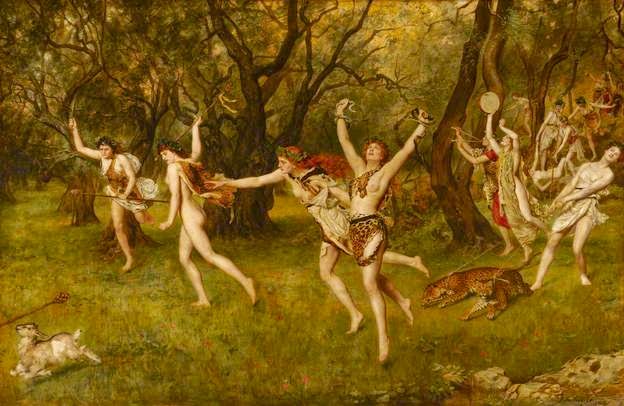Abhishek Kumar
JANUARY 27, ON THIS DAY
“It is a melancholy fact that more nonsense can be talked about art than about any other subject, and writers of treatises on painting, from the great Leonardo downwards, have not been slow to avail themselves of this privilege.”
John Collier
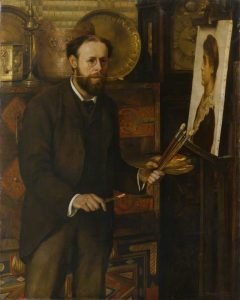
John Collier was a British artist and writer who is known for his paintings and illustrations that explored social issues. His works often sought to explore the human condition and the plight of the working class. Many of his paintings feature themes of poverty, injustice, and exploitation. He often depicted the struggles of the poor and working-class people in England during the late 19th and early 20th centuries. Collier’s work was heavily influenced by the social realism movement and sought to raise awareness of the hardships faced by the working class. He was also a member of the Socialist movement and believed that art had the power to bring about social change. His works often employed a vivid color palette and a focus on detail that sought to bring a sense of realism to the subjects he chose to paint.
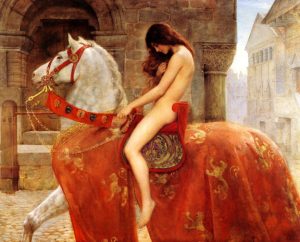
John Maler Collier was born on January 27, 1850 in London, United Kingdom. John studied at Eton College and Slade School of Fine Art. Also, in 1875, he attended the Academy of Fine Arts in Munich. During his time in Paris, Collier studied art under Jean-Paul Laurens. Collier’s exploration of social issues in his art was varied and multifaceted. He was particularly interested in exploring the problems of poverty and inequality, and he often juxtaposed the rich and the poor in his paintings. His works often featured the plight of the working class and the harsh conditions they often endured. He also sought to portray the plight of those in power and their abuse of their position.
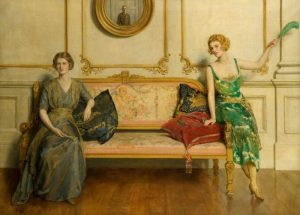
Collier often depicted the working class in a sympathetic light, emphasizing the hardships they faced in their daily lives. He sought to highlight the struggles of this often-overlooked segment of society, and to bring attention to their plight. In his paintings, Collier often depicted the poor in dignified and heroic poses, emphasizing their humanity and strength in the face of adversity. In his painting, “The Last Muster,” he shows a group of elderly soldiers gathering for a final muster before disbanding. This painting serves as a commentary on the plight of veterans and the lack of recognition they often receive from society.
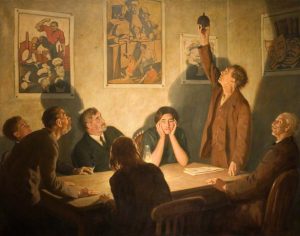
Collier also used his art to address issues of poverty and inequality. His painting, “A Peep into the Future,” depicts a family of four living in a cramped tenement room. The painting conveys the struggles of living in cramped and unhealthy living conditions, and the poverty that many working-class families faced during the era.
Collier also explored the changing nature of gender roles in his work. He often depicted women in positions of power and authority, challenging traditional stereotypes of women as passive and subservient. Collier also used his art to criticize class divisions, highlighting the gap between the wealthy and the poor. In his painting “The Cries of London,” Collier highlights the plight of women in Victorian society. The painting features a group of women selling their wares in the street, and serves as a commentary on the limited opportunities available to women during the era.
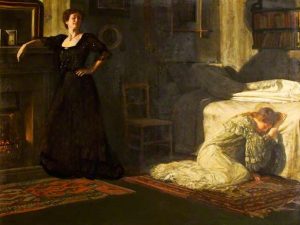
In addition to his artwork, Collier also wrote a number of books that explored social issues. His most famous work, The Woman Who Did, explored the controversial issue of free love and the role of women in society. His writing was often provocative, and he used it to bring attention to important social issues of the time.
Collier’s work was also highly critical of organized religion, particularly in regards to its influence on the working class. He was a strong advocate for secularism and often portrayed the hypocrisy of religious institutions. He also sought to explore the hypocrisy of the upper classes, and often drew attention to their lack of concern for the less fortunate.
John Collier’s exploration of social issues in his art was varied and multifaceted. His works sought to explore a wide range of issues, from poverty and inequality to the hypocrisy of the upper classes and organized religion. His work was highly influential in the Pre-Raphaelite movement, and his vivid use of color and attention to detail made his works particularly striking and memorable. Collier’s works continue to resonate with viewers today, and serve as an important reminder of the social issues that still persist in our society.
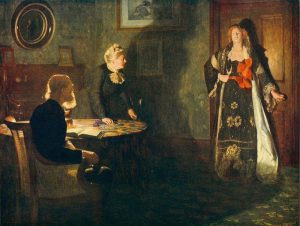
Sources:
- https://en.wikipedia.org/wiki/John_Collier_(painter)
- https://academic.oup.com/oaj/article/32/2/243/1382070
- http://fannycornforth.blogspot.com/2015/01/john-collier-obviously.html
- https://victorian-era.org/john-collier-biography.html

